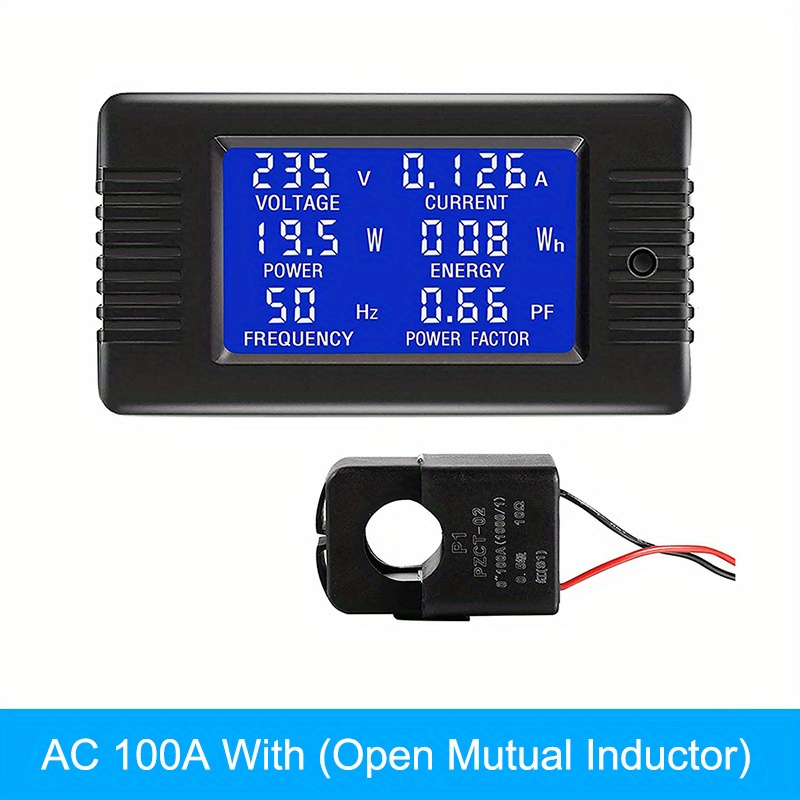Bill in OK
Member
- Location
- Oklahoma City
- Occupation
- Retired electronics/software engineer
Greetings,
We have a guest house which draws its power from the feed coming into the main house, and electrical consumption for both buildings is registered on a single meter.
The guest house is currently used for my office and for my wife's work area where she homeschools our grandchildren.
I would like to try to find out how much of the electrical bill is being spent on the guest house by itself. To that end, I am trying to build a rudimentary electronic device for measuring and recording the electrical consumption of the guest house.
I understand generally how AC current can be measured, using toroidal coils around the feed lines for picking up the magnetic fields around the cables. (P=EI) What I would like to know is, how does a power meter measure the total current in both phases? Would it work properly to read the voltage generated by two toroidal coils wired in series (with the phases opposed)? Or do the separate phases need to be measured individually and added together, or some other kind of mathematic formula applied? Or is it something even more complicated than that?
I am a retired electronics and software engineer, so I should probably understand some of the technology involved, though I have never worked with high voltage - high power AC systems.
Thanks!
We have a guest house which draws its power from the feed coming into the main house, and electrical consumption for both buildings is registered on a single meter.
The guest house is currently used for my office and for my wife's work area where she homeschools our grandchildren.
I would like to try to find out how much of the electrical bill is being spent on the guest house by itself. To that end, I am trying to build a rudimentary electronic device for measuring and recording the electrical consumption of the guest house.
I understand generally how AC current can be measured, using toroidal coils around the feed lines for picking up the magnetic fields around the cables. (P=EI) What I would like to know is, how does a power meter measure the total current in both phases? Would it work properly to read the voltage generated by two toroidal coils wired in series (with the phases opposed)? Or do the separate phases need to be measured individually and added together, or some other kind of mathematic formula applied? Or is it something even more complicated than that?
I am a retired electronics and software engineer, so I should probably understand some of the technology involved, though I have never worked with high voltage - high power AC systems.
Thanks!


